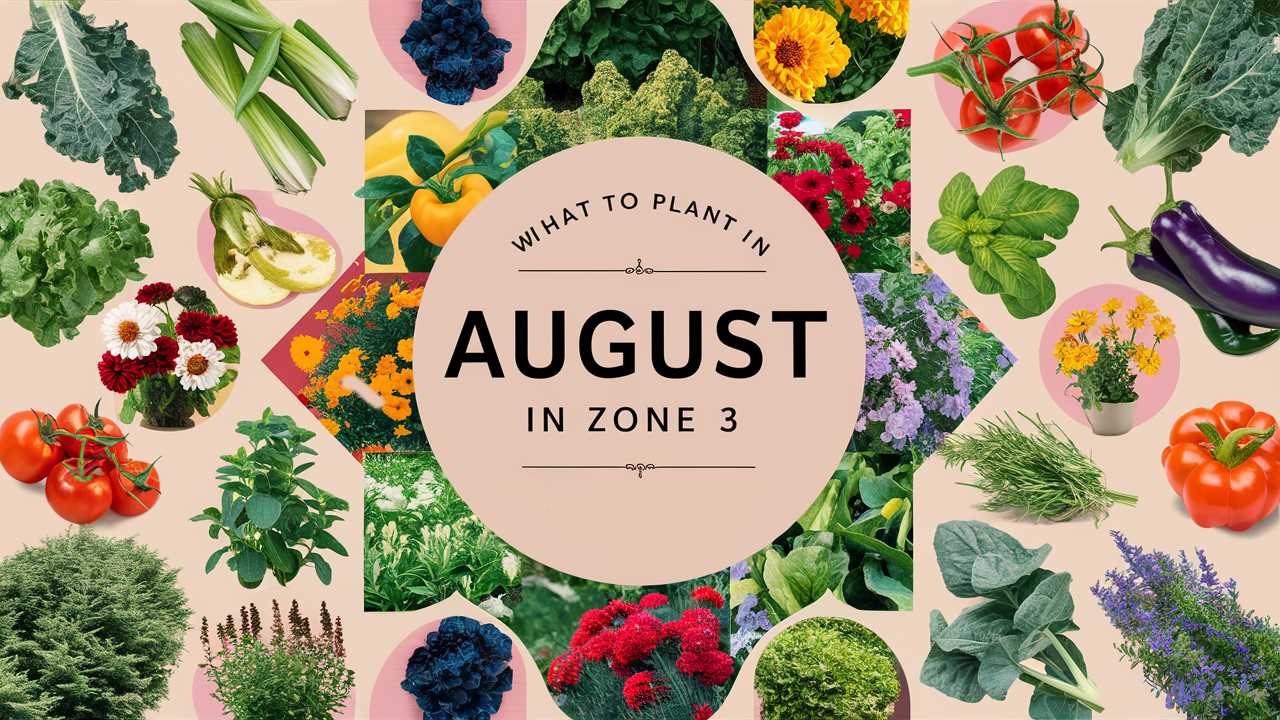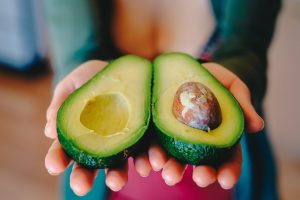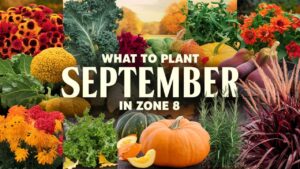Gardening in Zone 3 can be a rewarding yet challenging experience, especially in the month of August. This transition period from summer to fall allows gardeners to plan for both late-season crops and perennials that can thrive in a cooler climate.
As the growing season is limited, knowing what to plant and when is crucial for maximizing your garden’s potential. Let’s dig into the specific plants you can introduce in August in Zone 3, categorized into vegetables, flowers, herbs, and landscape plants.
Vegetables To Plant
When it comes to vegetables, planting in August means you are gearing up for a fall harvest. Here are ten vegetable options that are well-suited for Zone 3 planting during this month:
Kale
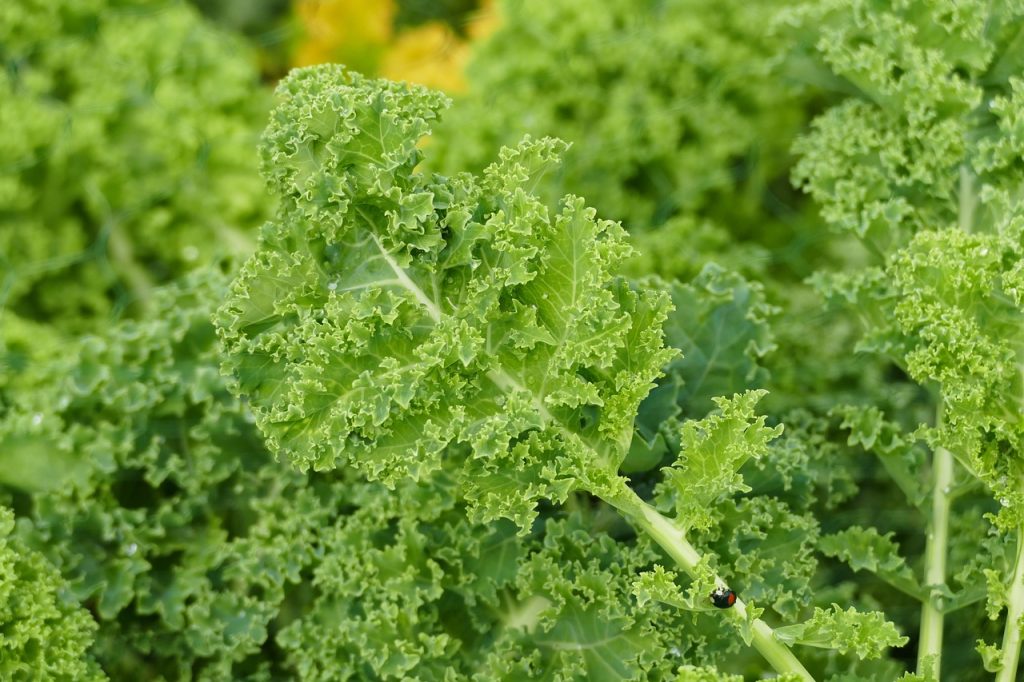
Kale is a nutrient-dense leafy green that can withstand cold temperatures. In fact, its flavor often improves after a frost. For Zone 3, plant kale seeds directly in the ground or start transplants earlier in August. The ideal temperature for germination is between 60°F to 75°F. Seedlings can be started indoors and transplanted outside around mid to late August. Kale typically matures in 55-75 days, making it suitable for a late-season crop.
Spinach
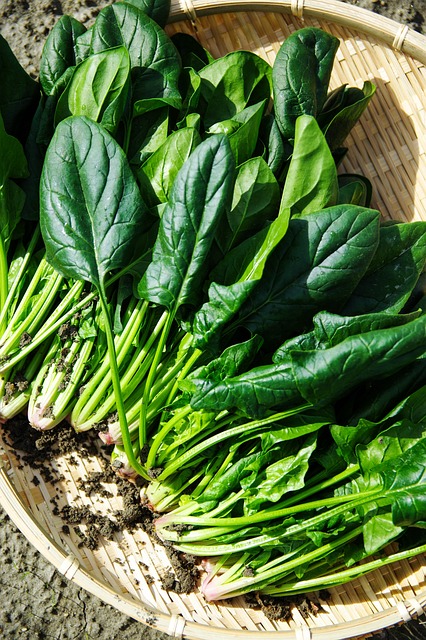
Spinach is another cool-weather crop that does exceptionally well when planted in late summer. The seeds can be sown directly into the soil as long as the soil temperature is above 45°F. Spinach grows quickly, typically maturing in 37-45 days, making it ideal for planting in early August. This leafy green prefers slightly alkaline soil and should be planted in a partially shaded area if possible to prolong its growth into the cooler months.
Beets
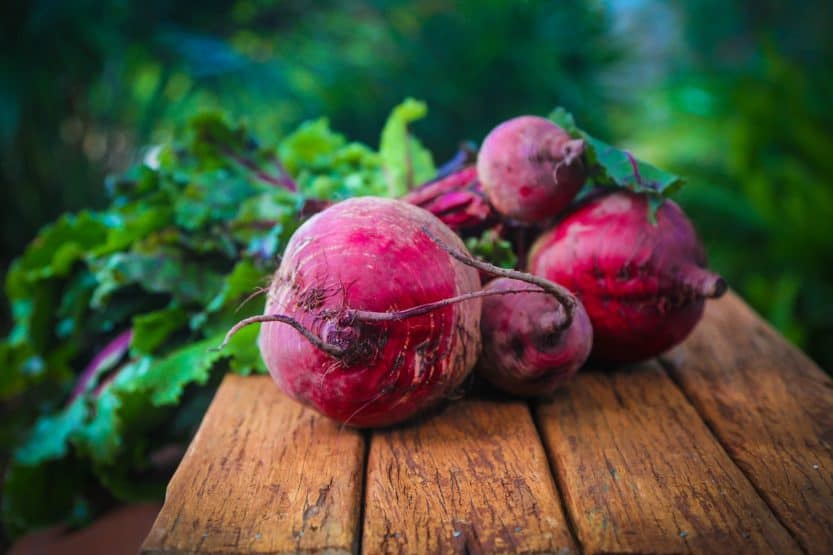
Beets are robust root vegetables that can thrive in cooler climates. In Zone 3, you can plant beet seeds directly into the ground in August, especially before the first frost, which typically occurs in September. Beets can take around 50-70 days to mature, so you’re likely to harvest them in October. The rich soil aids in better root development, and they are known for their ability to endure frost, which enhances their sweetness.
Carrots
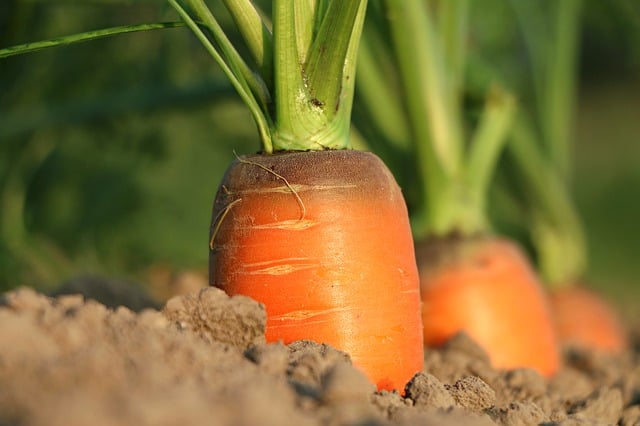
Carrots are a fantastic option for an August planting in Zone 3. You can sow carrot seeds directly into prepared soil. As a root vegetable, carrots prefer temperatures between 50°F and 85°F. They usually take around 70-80 days to mature, so planting them early in August gives you enough time to harvest them before the harshest frost sets in. Additionally, the cooler temperatures in autumn can enhance the flavor of your carrots.
Radishes
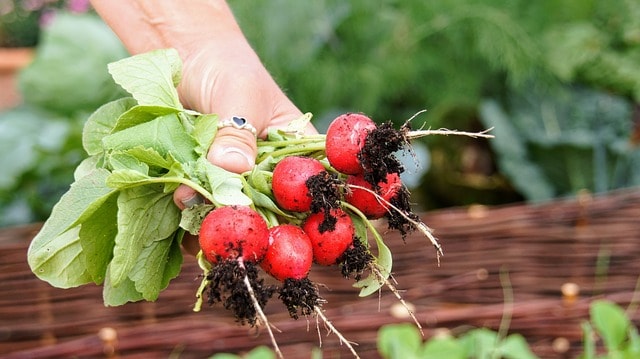
Radishes are one of the fastest-growing vegetables and can be planted in August with great success. They germinate quickly—often in less than a week—and can be harvested in as little as 25 days. Planting radishes in late August will allow you to enjoy fresh, crunchy roots before the frost arrives. They thrive in cooler soil and will produce best with a consistent watering schedule to keep the soil moist.
Turnips
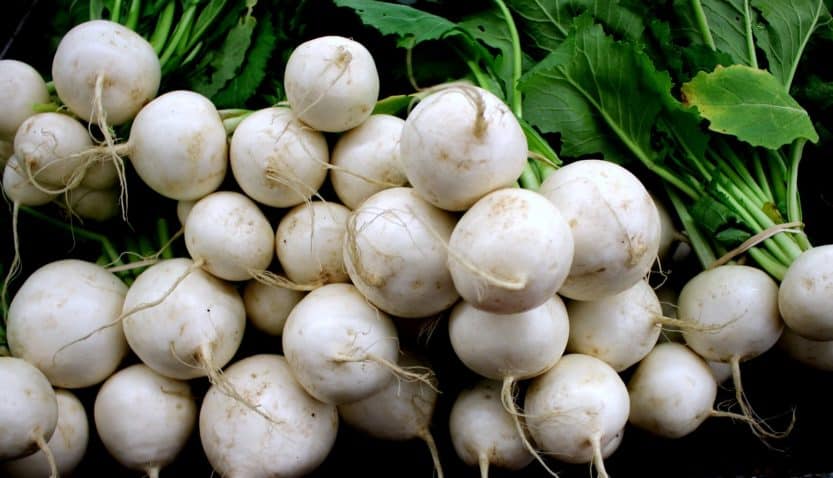
Turnips are hardy root vegetables that are perfect for late-summer planting in Zone 3. Plant turnip seeds in early August; they typically take 50-60 days to mature. Turnips can handle light frosts, which actually sweetens their flavor. They grow best in well-drained soil with ample sunlight, though they can tolerate some shade in the hottest parts of summer.
Swiss Chard
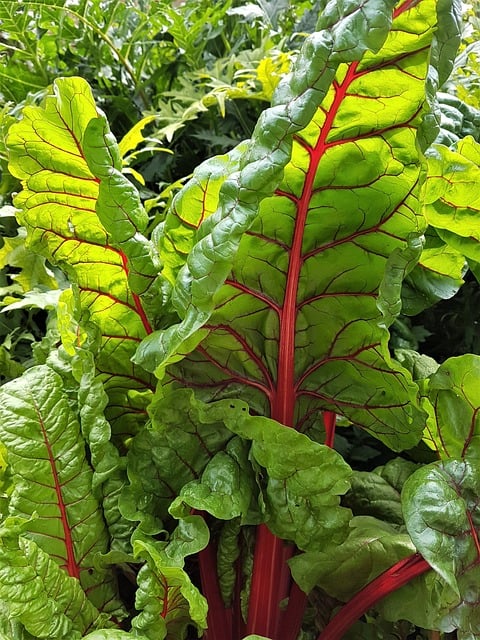
Swiss chard is a versatile leafy green that thrives in cooler temperatures but can still produce well into autumn. Similar to kale, it improves in flavor after a frost. You can plant chard seeds in early August for a harvest in about 50-60 days. Ensure the soil is well-amended to promote healthy leaf production and water regularly to keep the plants thriving.
Broccoli
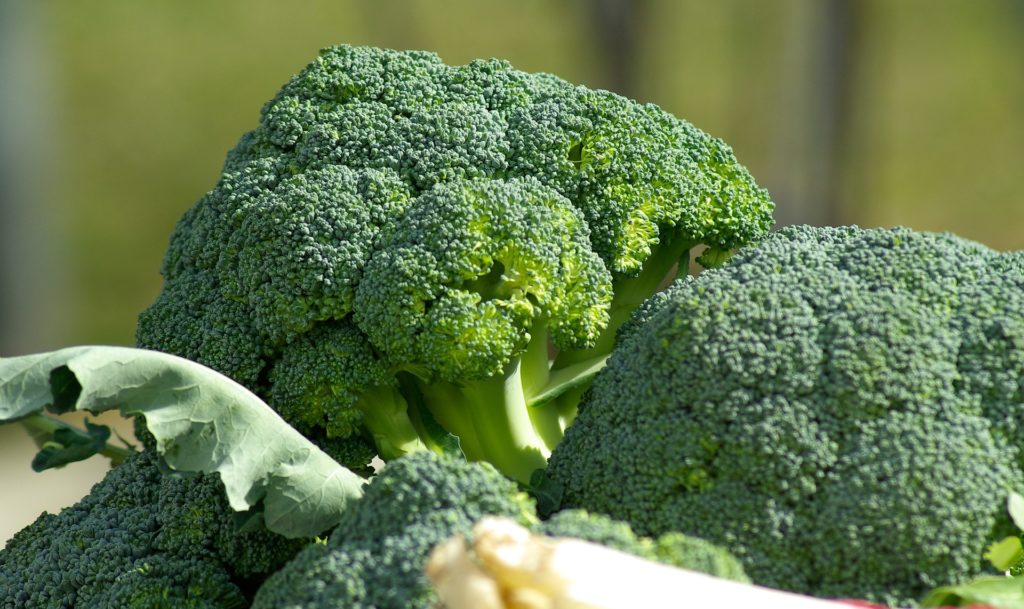
Broccoli can be a fantastic late-season crop if planted in mid-August. It prefers cooler weather and can mature in about 60-100 days, depending on the variety. Start your seeds indoors or purchase transplants, and plant them out in the latter half of August. Make sure to provide ample water and nutrients to optimize growth. Like kale, broccoli’s flavor can also improve with colder weather.
Peas
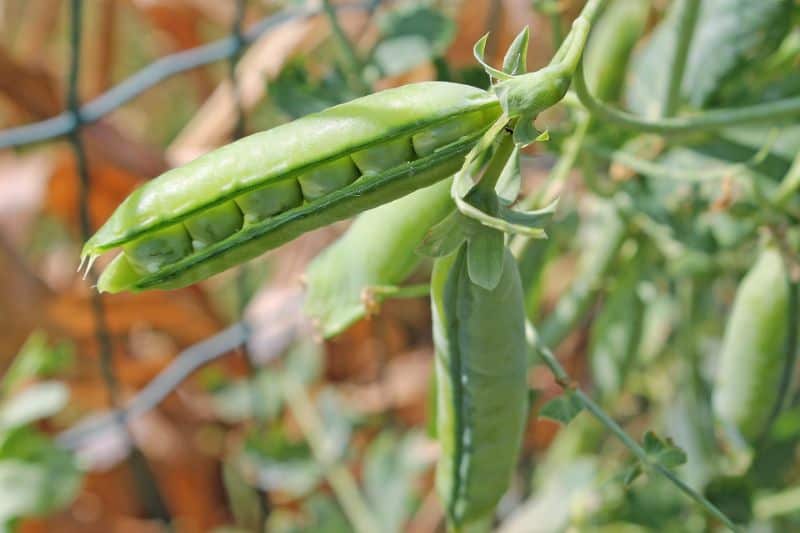
In Zone 3, you can still plant fall crops of peas in August. Opt for fast-maturing varieties that can germinate in cooler soil. Plant them directly in mid-August for a harvest about 60 days later. Peas thrive in temperatures of 45°F to 75°F, making the cooler months ideal for their growth. Look for early varieties like ‘Sugar Snap’ or ‘Little Marvel’ to ensure your success.
Lettuce
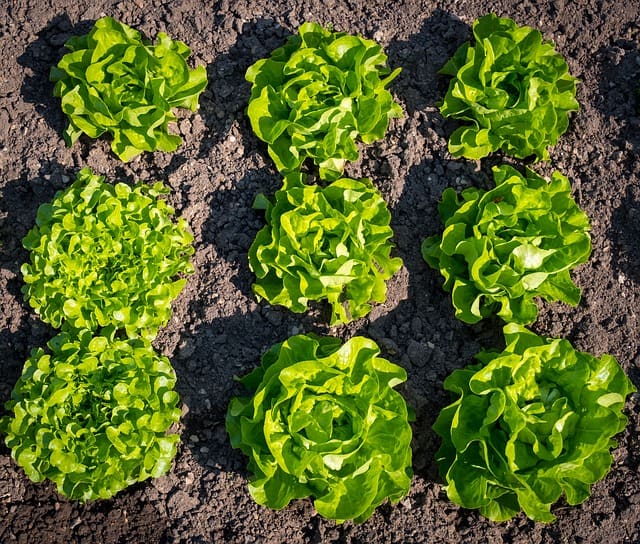
Lettuce, much like spinach, enjoys cooler temperatures and can be successfully planted in August in Zone 3. Sow different varieties of lettuce for a continuous harvest. Quick-growing types can be ready in as little as 30 days, allowing for a timely autumn harvest. They perform best in well-prepared, nutrient-rich soil, and regular watering will help maintain moisture levels.
Flowers To Plant
August is not only a chance to grow vegetables; it’s also an ideal time to plant flowers that can bloom beautifully or establish themselves for the following year. Here are ten flowering plants to consider.
Pansies
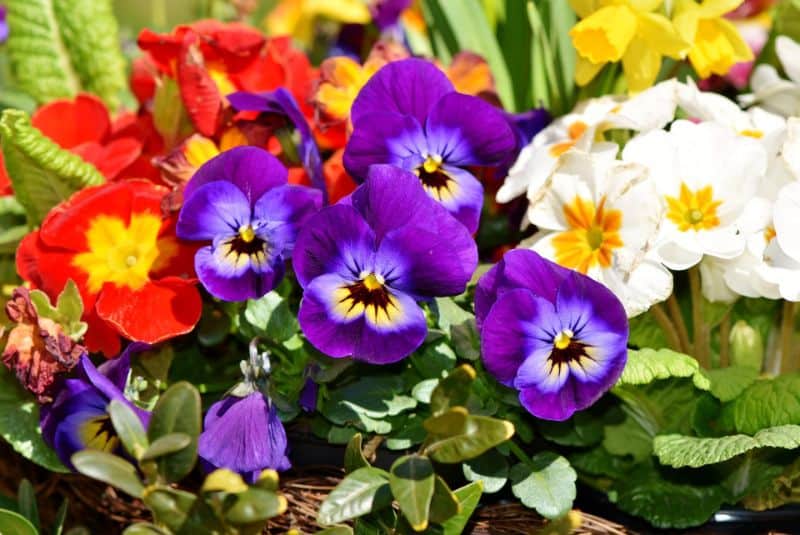
Pansies are hardy annuals that thrive in cooler temperatures. They can be planted in late summer for blooms that often last into the fall frost. In Zone 3, plant them in August for a splash of color in your garden. Pansies love well-drained, fertile soil and can handle frosty weather, enhancing their colors as the temperature drops.
Snapdragons
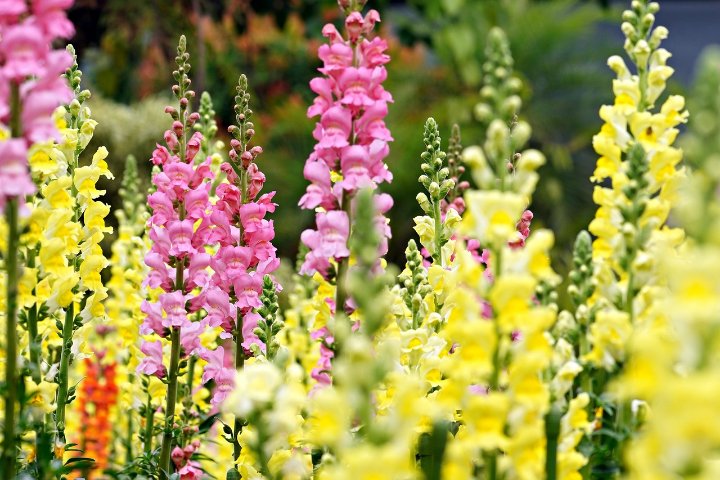
Snapdragons are another resilient flower that can be successfully planted in August in Zone 3. You can sow seeds directly in the garden or start indoors and transplant. These flowers thrive in cooler conditions, and planting them in late summer can lead to a beautiful fall display. Blooming usually occurs about 10-12 weeks after planting, making them a great addition to your autumn garden.
Asters
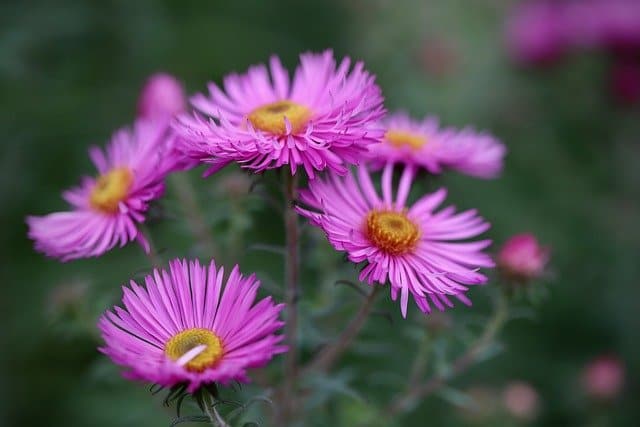
Asters are perennials that are perfect for August planting in Zone 3. These flowers provide vibrant color during late summer and early autumn, with blooming occurring in late summer to fall. When planting, ensure that the soil is well-drained and receives full sunlight. Asters appreciate regular watering but can also withstand periods of drought once established.
Mums (Chrysanthemums)
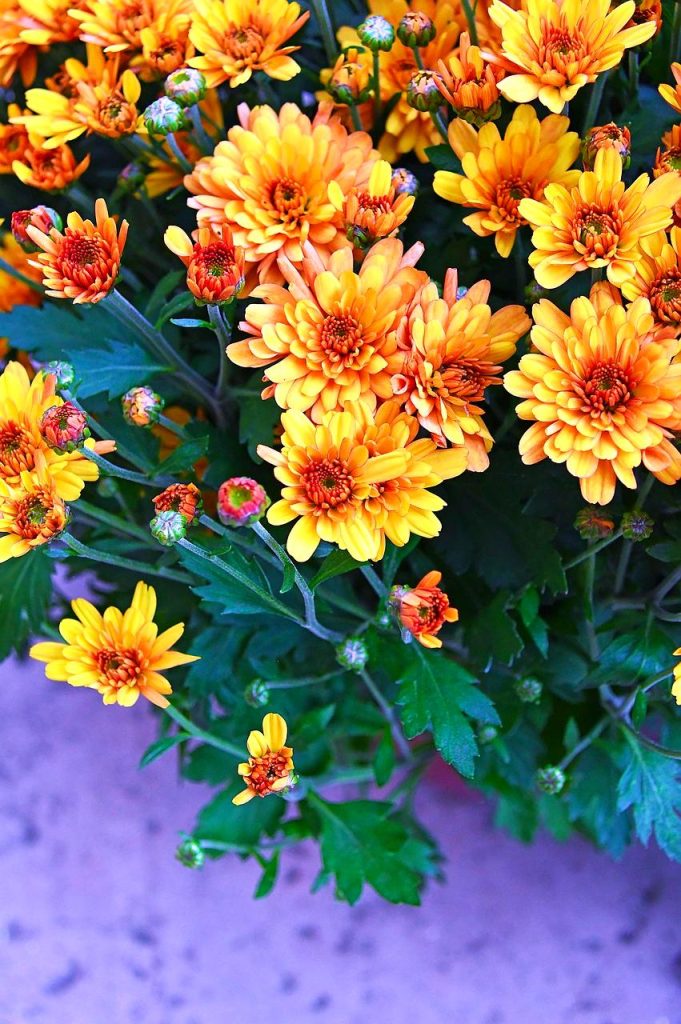
Chrysanthemums, commonly known as mums, are fall favorites. Planting them in August allows them to establish their roots before the frost arrives. They are available in a variety of colors and shapes, making them versatile for any garden design. In Zone 3, these flowers thrive in well-drained soil and should be placed in full sun for optimal growth.
Marigolds
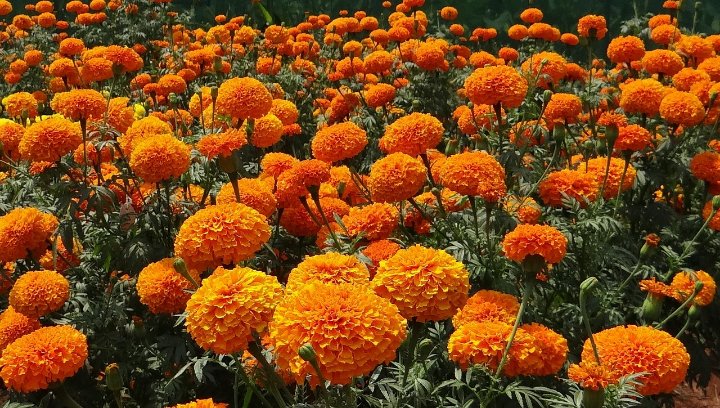
Marigolds are timeless flowers that can be planted in August. As hardy annuals, they are known for their vibrant colors and ability to repel pests. Marigolds bloom in 45-60 days from seed and are a fantastic addition to any vegetable garden, providing beauty and functionality. They thrive in sunny spots and well-drained soil, making them easy to grow in Zone 3.
Black-eyed Susans
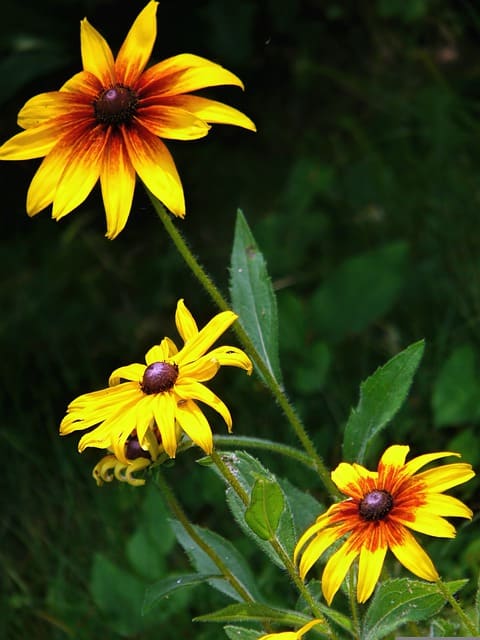
Black-eyed Susans are cheerful perennial flowers that can be planted in late summer. They are known for their bright yellow petals and are drought-resistant once established. Planting in August allows the roots to establish before winter. They prefer full sun and can tolerate a variety of soil types, making them an excellent, low-maintenance option.
Sedum
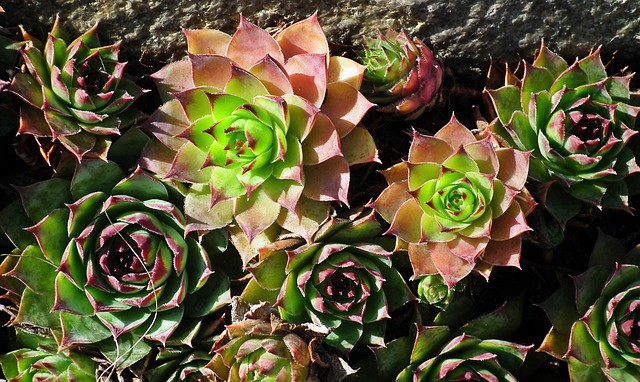
Sedum, or stonecrop, is a hardy succulent that can be planted in August in Zone 3. This perennial flower is drought-tolerant, easy to maintain, and will thrive even in rocky or poor soil. Sedum typically blooms in late summer through fall, attracting pollinators like bees and butterflies. This makes it a great addition to any pollinator-friendly garden.
Ornamental Kale
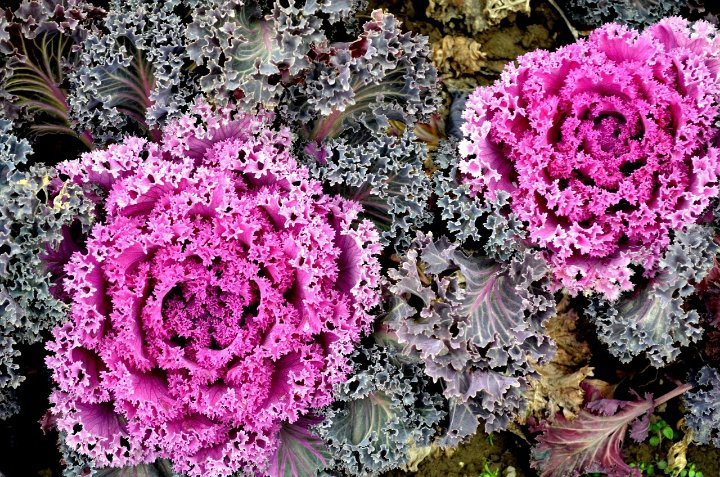
Ornamental kale is not only a stunning plant for autumn gardens; it also thrives in cooler temperatures. You can plant ornamental kale in August for beautiful foliage that can withstand frost. This plant is great for providing seasonal color and texture in your garden. Ensure it is planted in well-drained soil and given enough sunlight to develop its full potential.
Phlox
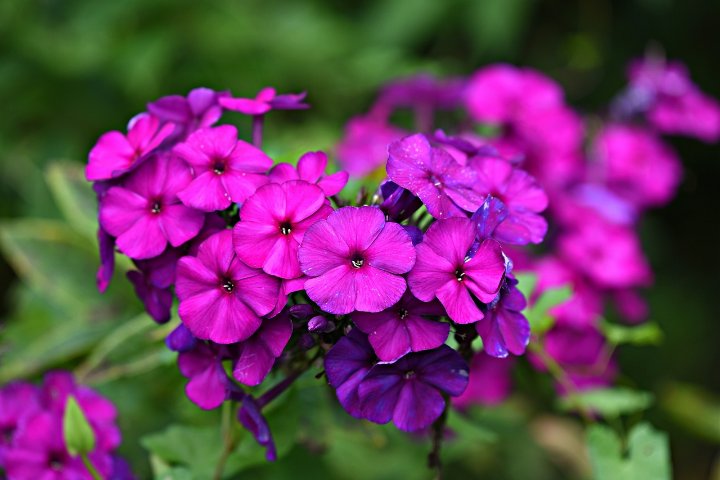
Phlox is a perennial flower ideal for late-summer planting. This flowering plant blooms late in the summer months, providing long-lasting color into the fall. It prefers well-draining, nutrient-rich soil and should be planted in a location that receives full sun. Phlox is great for attracting butterflies, making it a thoughtful addition to flower beds.
Zinnias
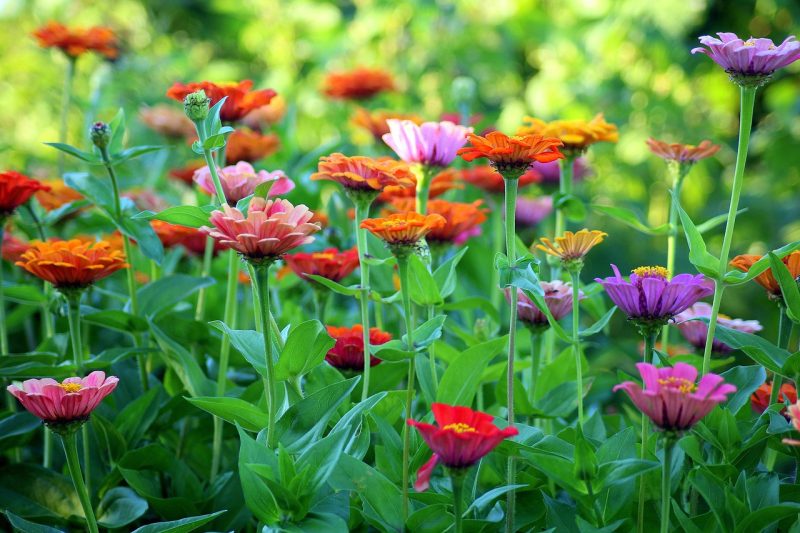
Zinnias are another warm-weather flower that can be sown in August for late-season blooms. They are available in various colors and shapes, making them a popular choice among gardeners. Zinnias thrive in full sun and well-drained soil and will continue to bloom until the frost endures. Their ability to attract pollinators makes them an essential component of a thriving garden.
Herbs To Plant
Herbs add not only flavor to your dishes but also aromatic beauty to your garden. Here are ten herbs that can thrive with an August planting in Zone 3.
Basil
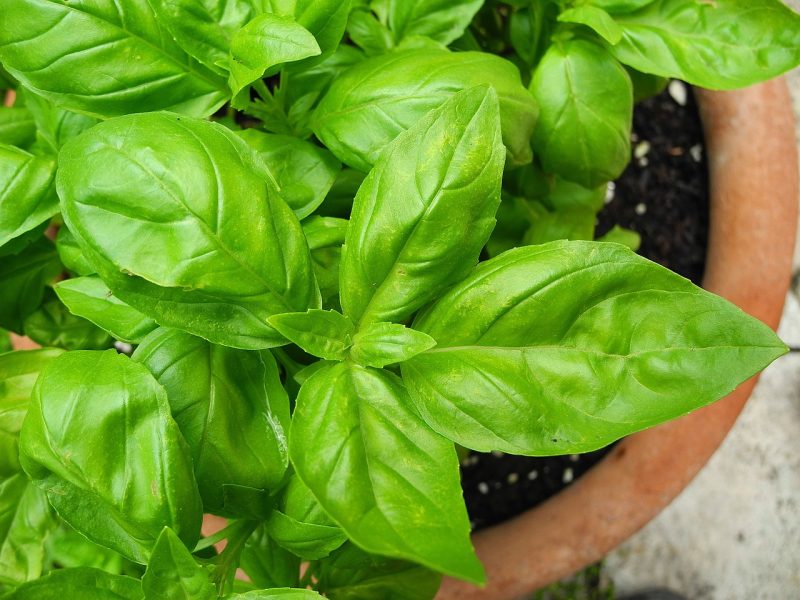
Basil is a tender herb that prefers warm temperatures but can be planted in early August to maximize its growth before the frost sets in. It grows best when the temperature is between 70°F to 90°F and requires well-drained, nutrient-rich soil. While basil is sensitive to frost, planting in August can yield fresh leaves for the late summer cooking season.
Cilantro
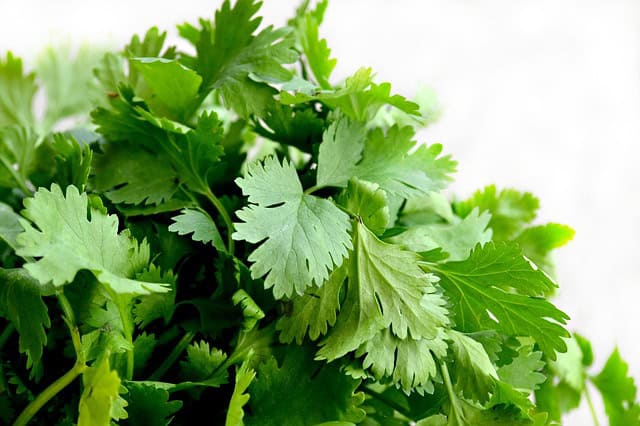
Cilantro is a cool-season herb suitable for late summer planting. In Zone 3, sow cilantro directly in the ground in early August. It typically matures within 40-50 days and prefers temperatures between 55°F and 75°F. Cilantro will bolt quickly if the weather becomes too warm, so planting in the cooler weeks of August can lead to a bountiful harvest.
Chives
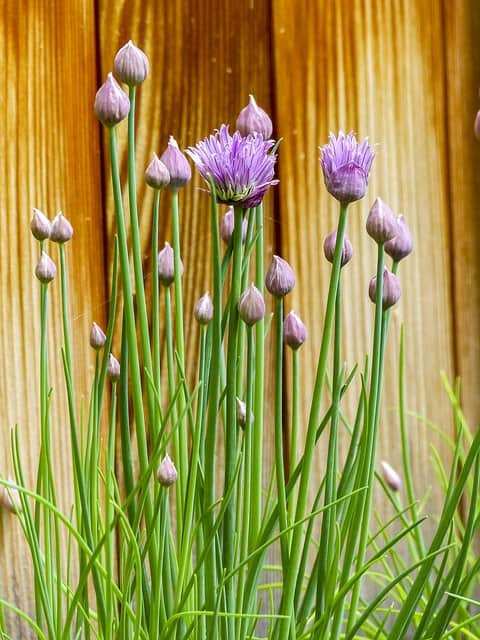
Chives are a hardy perennial herb that can be planted in late summer. They thrive in well-drained soil and can tolerate cold weather, establishing their roots well before winter. Chives will produce small purple flowers in the summer and lush greenery in early spring. Plant them in August to ensure continuous growth and a robust crop for the following seasons.
Parsley
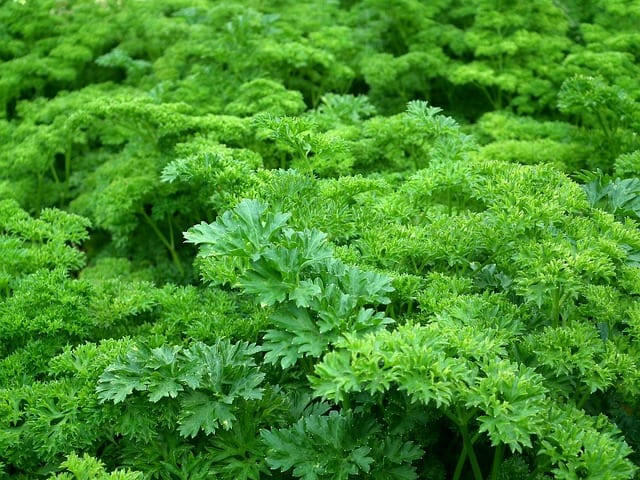
Parsley can be successfully planted in August for a late-season harvest. This biennial herb prefers cooler temperatures and germinates best at around 70°F to 80°F. For Zone 3 planting, sow seeds in well-drained soil, and expect a harvest in 70-90 days. Parsley is a versatile herb that enhances many dishes and can survive mild frosts.
Dill
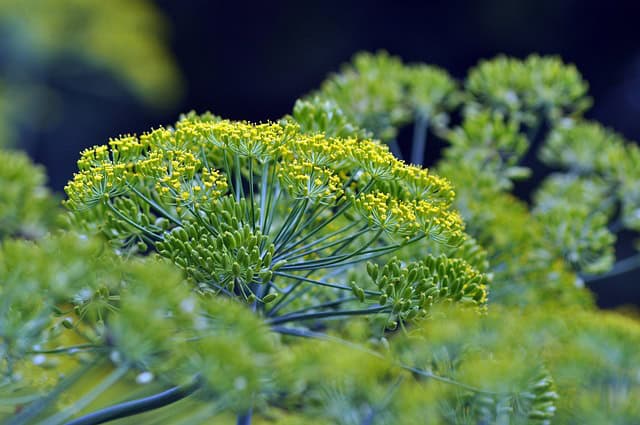
Dill is a fragrant herb that grows well in cooler weather. Plant dill seeds directly in your garden in early August, as it typically matures in 40-60 days. Dill prefers full sun and well-drained soil. This herb attracts beneficial insects to the garden, and its feathery foliage can add texture to your herb garden.
Oregano
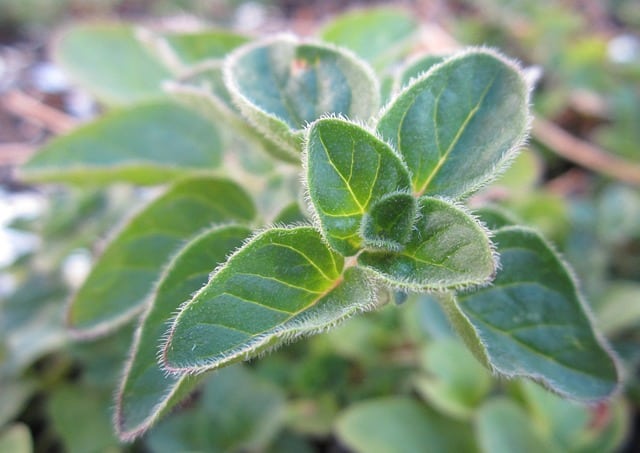
Oregano is a hardy perennial herb that can be planted in August in Zone 3. It thrives in well-drained soil and full sun, and once established, it’s quite drought-tolerant. Oregano is typically ready to harvest within 80-90 days, and its flavor enhances many dishes, especially Mediterranean cuisine.
Thyme
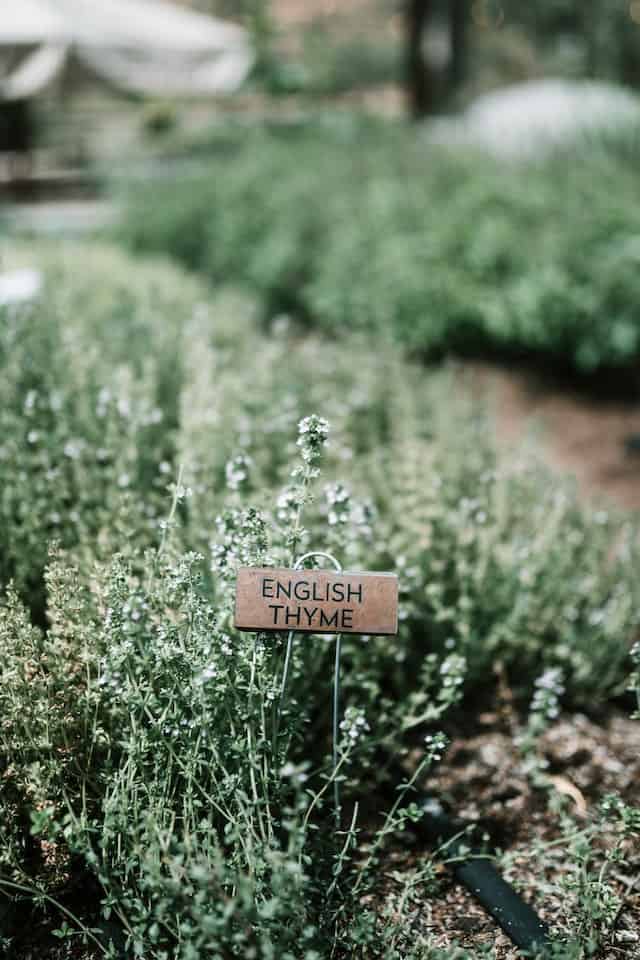
Thyme is a perennial herb that enjoys cooler weather, making it a great option for August planting in Zone 3. The seeds can be sown directly into the ground in well-drained soil. Thyme thrives in full sun and typically takes 70-90 days to establish. This resistant herb will survive winter frosts and return in the spring, providing flavor for your dishes year after year.
Sage
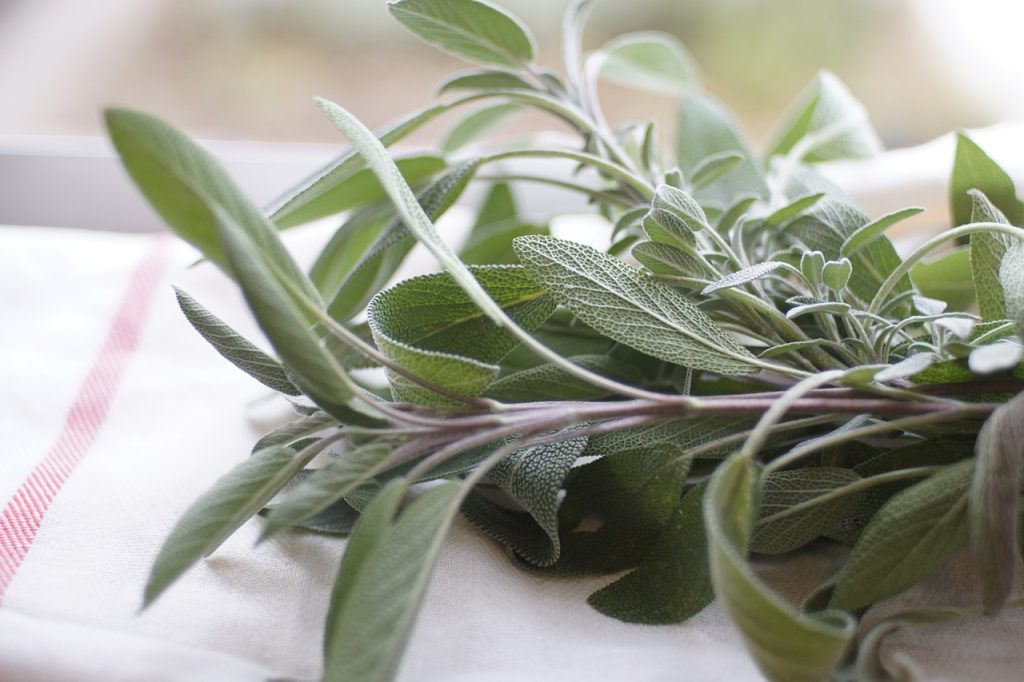
Sage is another resilient perennial herb suitable for planting in August. It grows well in full sun and well-drained soil. In Zone 3, sage can take about 75-90 days to grow fully before the frost. Once established, sage can tolerate drought conditions making it a low-maintenance herb for your garden.
Mint
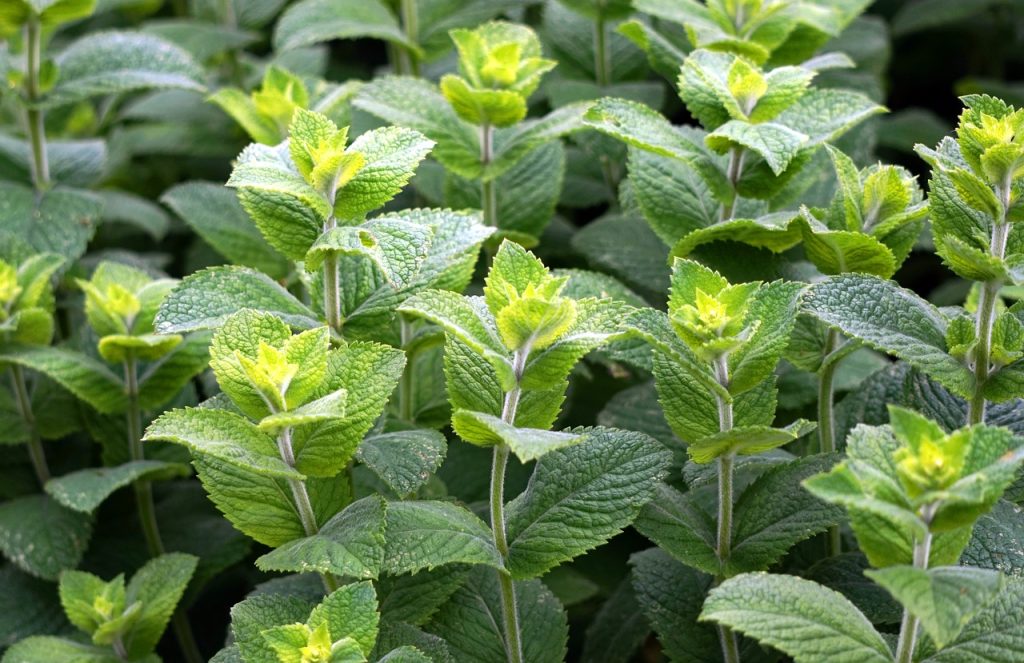
Mint can be a vigorous herb, so planting it in containers is often the best approach to prevent it from overtaking your garden. In August, you can plant mint in relatively moist soil to allow for robust root development before winter. Mint often grows quickly, with a typical harvest time of only 60 days, and will provide a refreshing taste in many dishes.
Fennel
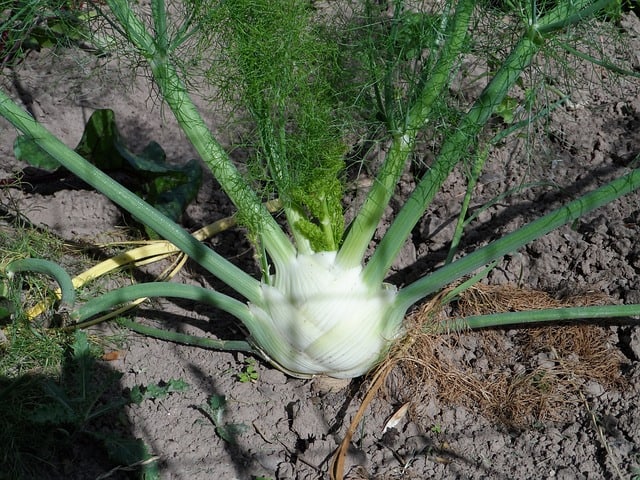
Fennel can be planted in August for a fall harvest. This herb prefers warm soil and full sunlight, and while it can withstand cooler temperatures, it is best planted early in the month. Fennel can take around 80 days to mature, and its distinctive flavor makes it an exciting addition to salads and other dishes.
Landscape Plants To Plant
In addition to flowers, herbs, and vegetables, August is an excellent time to consider landscaping projects. Here are ten landscape plants that can thrive in Zone 3 when planted in August.
Evergreens
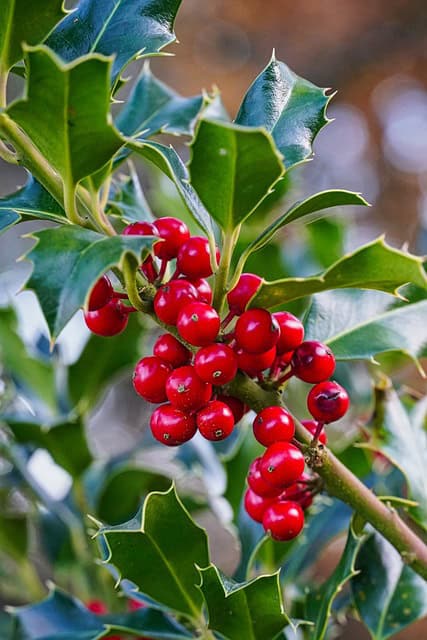
Evergreens are a fantastic option for planting in August, as they can establish strong roots before the onset of winter. Varieties such as pines, spruces, and firs can be planted to provide year-round greenery and structure to your landscape. Evergreens require well-drained soil and prefer to be planted in an area that receives plenty of sunlight for best growth.
Roses
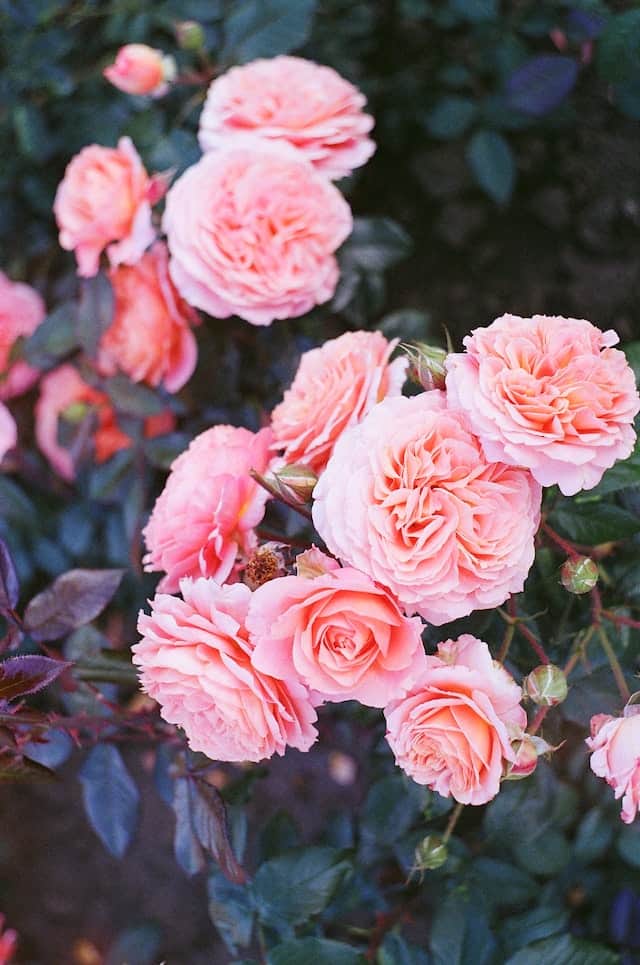
Certain hardy rose varieties can be planted in late August for great success in Zone 3. Opt for hybrid varieties that are known for their cold tolerance, such as ‘Knock Out’ or ‘Parkland’. Planting in well-drained, nutrient-rich soil will help establish strong roots before winter. Roses can then bloom vigorously in the following spring and summer months.
Ornamental Grass
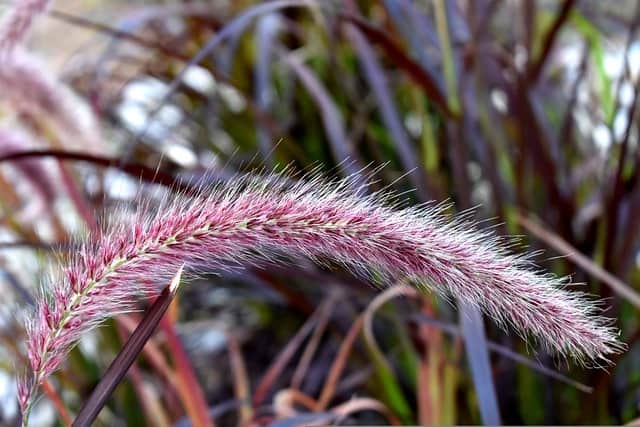
Ornamental grasses, such as feather reed grass (Calamagrostis), are excellent selections for August planting. They can withstand diverse environmental conditions and provide unique textures and colors to landscaping. Planting in August allows the grasses to establish themselves before winter, ensuring a beautiful display in the following growth season.
Barberry
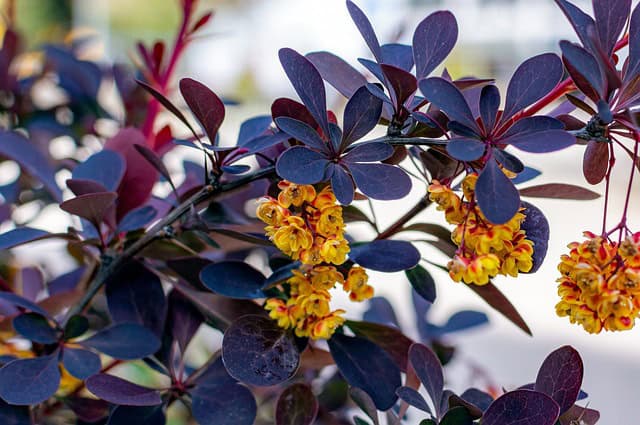
Barberry is a hardy shrub that can be planted in August in Zone 3. These low-maintenance shrubs can tolerate poor soils and provide a splash of color to your landscape. With various species available, barberries can bloom attractive yellow flowers. Their ability to withstand drought once established makes them a great addition to diverse garden types.
Hydrangeas
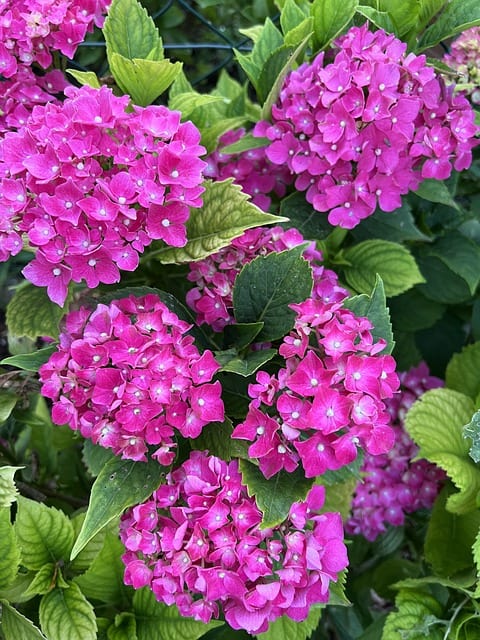
Hydrangeas are stunning flowering shrubs that can thrive in Zone 3 with proper care. Planting in August allows them to establish roots before blooming in the following season. Choose varieties like ‘Limelight’ or ‘Little Lime’, which have demonstrated cold hardiness. With adequate moisture and ample sunlight for several hours a day, you can expect beautiful blooms during the summer.
Juniper
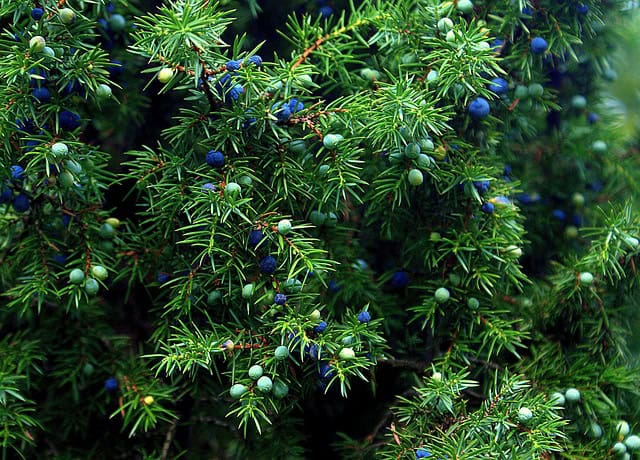
Junipers are versatile evergreen shrubs that can serve various landscaping purposes, from ground cover to larger specimens. Planting junipers in August helps them establish roots before winter weather. They are drought-resistant and can tolerate a range of soil types, making them a great choice for low-maintenance landscapes.
Peonies
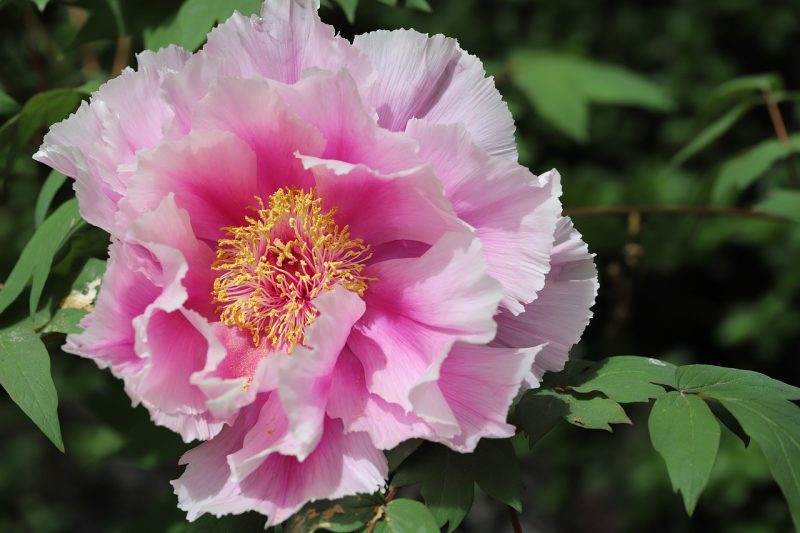
Although typically planted in the fall or spring, hardy peonies can also be successfully planted in late summer. If you purchase bare-root peonies, plant them in nutrient-rich soil and ensure they receive enough sunlight. However, be cautious, as the timing needs to align well to establish roots before the harsher temperatures arrive.
Lilacs
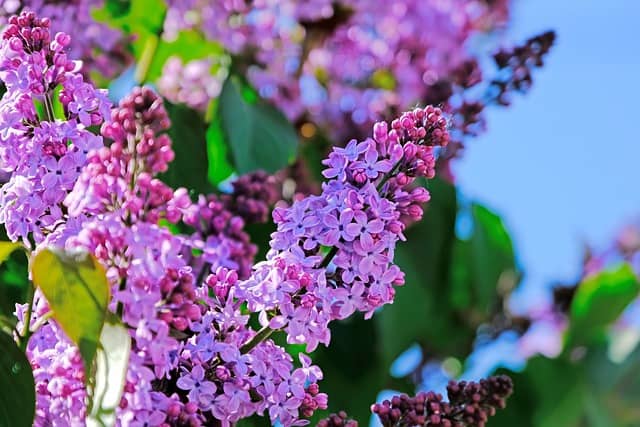
Lilacs are hardy flowering shrubs that are well-suited for planting in August. They thrive in well-drained soil with plenty of sunlight. Lilacs are known for their fragrant blooms in the spring, so planting in late summer allows for root establishment before dormancy. Ensure to water them regularly until they are established.
Dogwoods
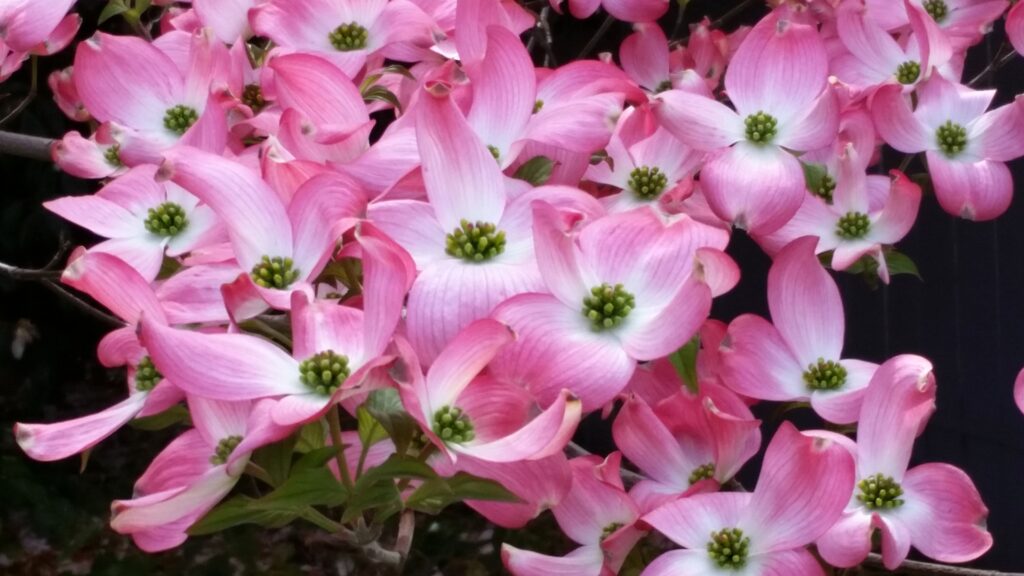
Dogwood trees are a beautiful addition to any landscape, offering stunning blooms in spring and vibrant fall foliage. Planting in August allows them to establish a strong root system. They prefer moist, well-drained soil and some afternoon shade. In addition to aesthetic appeal, dogwoods also provide habitats for various wildlife, enhancing your garden’s ecological value.
Amelanchier (Serviceberry)
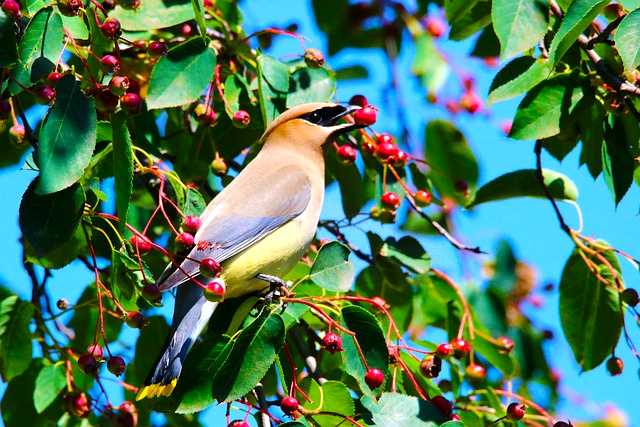
Serviceberry is a multi-stemmed shrub or small tree that can adapt well to various soil types and conditions. Planting in August allows the serviceberry to establish roots before winter. They provide beautiful white flowers in early spring, delicious berries in summer, and stunning fall colors, making them a versatile choice for an attractive landscape.


